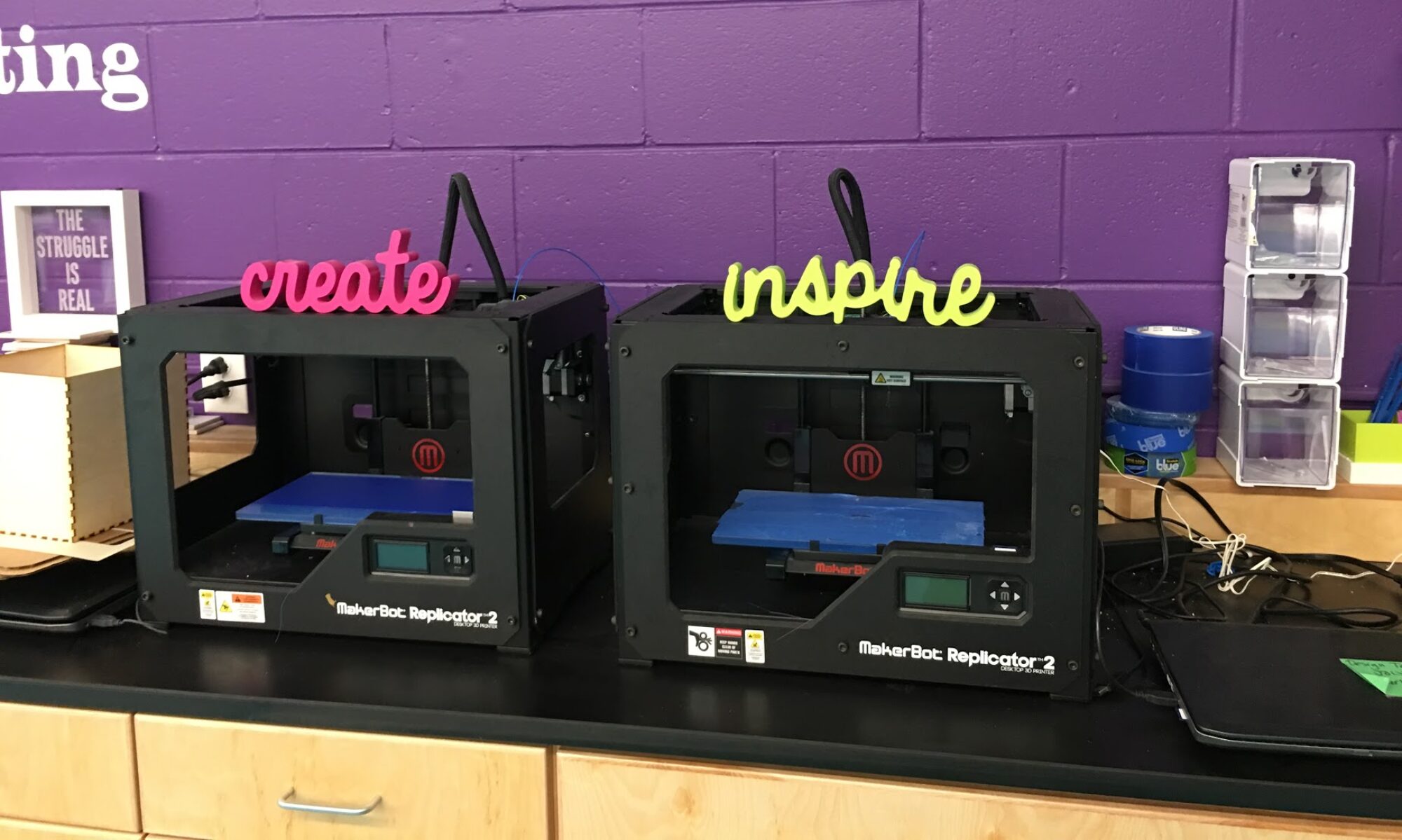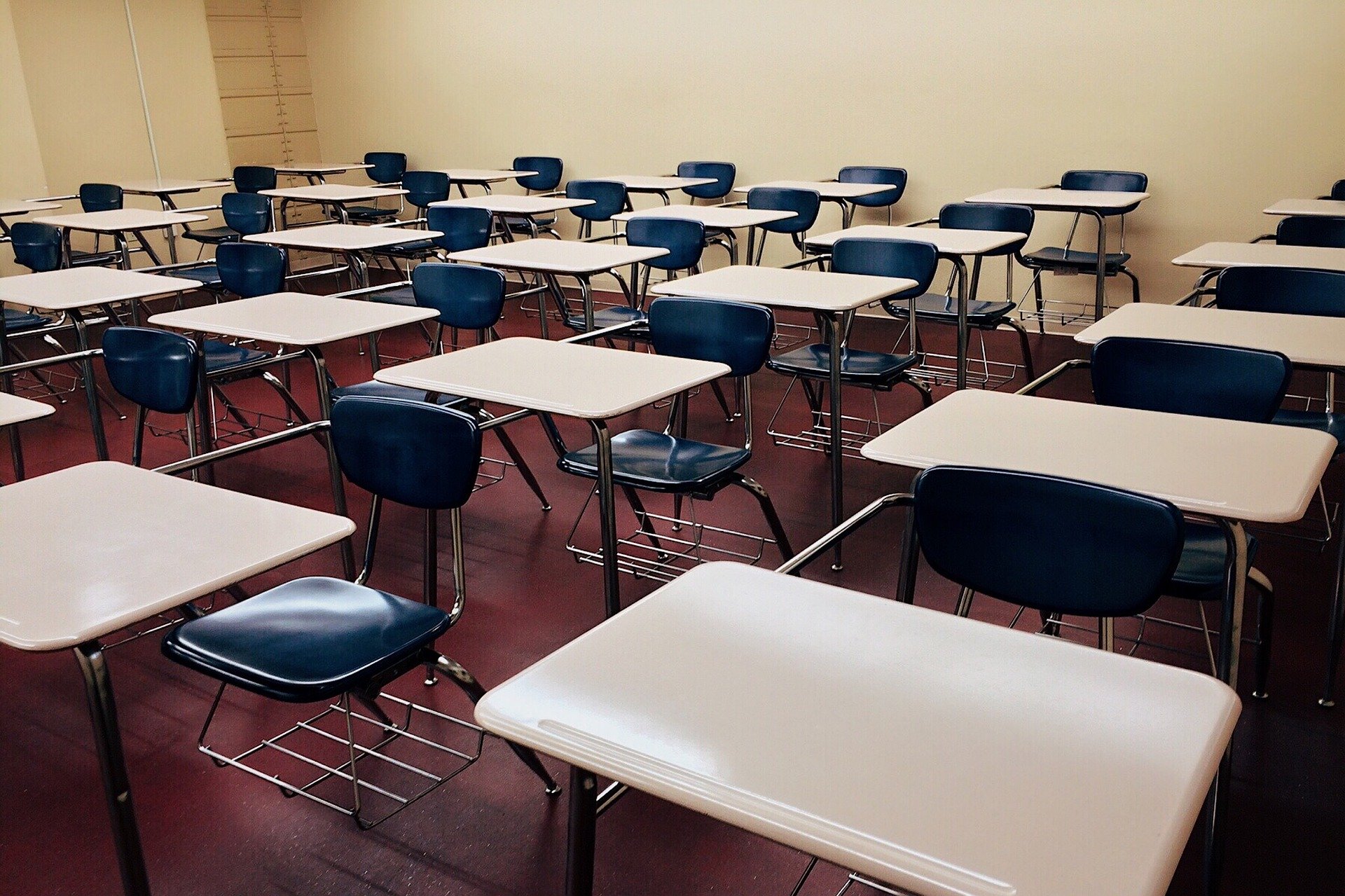Being a student again is harder than I expected, and it’s also been quite revealing
Recently, I decided to go back to school to pursue learning in a completely new field. It’s exciting! It’s challenging! And, it’s a little scary too.
I can’t call on my years of experience as prior knowledge. I’m learning concepts, vocabulary, and skills that I’ve never encountered before. I’m totally out of my lane. All of this has made me uneasy. And it’s made me feel like a kid (read: vulnerable novice) all over again.
Since becoming an educator I’ve spent considerably more time delivering instruction than receiving instruction
I mean, to be sure, I’ve learned, reflected, and grown in my own practice over the years. I’ve engaged in professional development, collaborative work, and developed a deeper understanding of student learning and school change. But I haven’t been a beginner, a student learning completely new content.
Until now.
Best for whom?
My current learning experience is not atypical at all in higher education, nor is it all that unusual in secondary schools: rows of desks — really, chairs with tablet arms — face the board. I arrive (early) and scour the room looking for the lone left-handed setup, find it, and wheel it to the second row rearranging furniture as I go. I want to be close enough to see the board (old, tired eyes), but not too close to be mistaken for a keener in the first row. The expert arrives and delivers content, I scramble to take notes and keep up.
All of us are itinerant to this learning space
We arrive in the late afternoon, spend three hours together and then depart, to return next week. There are a few short breaks in class when I scarf my cold dinner from a Mason jar and wonder what the other kids will be eating in the dining hall later.
The sun sets and darkness obscures the view of the city skyline outside the window. My professor continues to review the key points of the assigned readings.
I am here because I’m curious and because I want to learn. Yet sitting passively and receiving information is only partly working for me. I mean, I think I’m learning stuff, but I’d be more confident if I was able to express my interpretations and hear others’ ideas. If I could make connections to things I do know.
We’re halfway through the semester and don’t know the names of anyone else in the class.
I feel weird about this. Ok, that’s not entirely true. I mean, the first night we did a round of introductions. That’s when I discovered that the room was a mix of undergrads and grad students. (I thought they were all undergrads, but perhaps that’s because I’m such an, ahem, “mature student”. Actually, there are three of us “mature students” in the room.)
Being outgoing by nature, it feels awkward to spend 3 hours a week in a room of people who are interested, presumably, in the same topics that interest me, and not to engage with them, like, at all.
But it doesn’t seem like there’s space for that.
I have made eye contact with a couple of classmates and attempted a smile, and I even got one woman’s email address last week. But I felt completely awkward asking her if she’d be willing to connect in case either of us had questions about the assignments. I felt like I was breaking an unspoken norm:
“Can’t you just figure it all out on your own?”
And I’m totally that kid who keeps raising her hand and asking questions. (Except my “mature student” status probably makes me even more of a keener. The only other person who talks in class as much as I do, besides the professor, is one of the other “mature students”.)
I’m worried I’m getting a reputation. I cringe inwardly every time I lift my arm. But without the ability to check my understanding, I’m totally lost. I mean, if I *think* I understand, but it’s only in my head, how do I know if I *really* understand?
And then there are the assignments.
And the grades. Oh, the grades!
Each assignment is worth a certain number of points, and together the assignment scores total 100, which is then translated into A-F grades. I wish I was more focused on the learning, rather than the grade. Sigh.
(I really want an A!)
What does progress toward the course outcomes look like? How will I know if I’m on track?
The assignments are vague, and the grading criteria even more so. I’ve struggled to infer what my professor is looking for in each assignment. I’ve spent hours trying to decipher the journal articles and scholarly work from this field. (Is it this hard for everyone else? Am I the only one who feels like I’m learning a new language? Who knows! Because we don’t talk about the readings, or anything else, with each other.)
I feel like my grasp is tenuous.
I feel like I’m on my own: it’s sink or swim.
Feedback on assignments is minimal and comes too late for me to do anything useful with it. I’m left with the feeling of being ranked and sorted, rather than nurtured into deeper understanding and capacity.
Wait. This sounds familiar…
I recognize some of these practices. As a teacher, I’m sure I’ve perpetuated some of this on my students.
Now, standing in my students’ shoes, I can see more clearly the ways we, as teachers, can make learning more engaging and impactful for our students. And why we should.
And I can feel how much it matters to be seen and valued by the leaders of our learning.
A few truths that have been revealed to me in my life as a student. Here are four takeaways that I will (re)apply to my classroom practice.
1. Learning is socially constructed
Meaning-making is deepened when students are able to be both receptive and expressive learners. As an educator, I need to weave opportunities for social learning into my instruction.
That urge I have to whisper to a classmate, to ask what something means, to react to the material that was presented: that is a missed opportunity to deepen understanding.
What if our leader asked us to use a strategy like a turn & talk? Not only would this help me gauge my own learning, but it would also improve the social vibe in the classroom. Win-win.
2. Connection is key
Learning happens best when students feel safe and connected.
My role as the leader of learning in a classroom is also to be the leader of community-building. Students are looking to me to establish a safe and connected learning community and to model the norms of the learning environment.
Making space to get to know one another is a valuable use of time. Creating a safe space where students can try (and fail) is essential.
3. Clarity is kindness
Students want to do well. And in order to do so, they need clear expectations about outcomes and processes. Models and examples help too.
Some students (ahem) may be focused on success criteria (grades) and would benefit from understanding how to best demonstrate their learning. And…
4. Feedback is most effective when it is timely and applicable
Students benefit from do-overs. We all do! Despite popular rhetoric that ‘real life doesn’t offer do-overs’ I’d argue that it does. As adults, we are constantly given opportunities to improve on our work. (Heck, even this blog post has been improved by feedback from my amazing colleagues.)
Learners need guided opportunities to hone their skills. They need to explore and experiment before they are ready to perform. When we offer our students feedback on how to improve their work and give them a chance to apply it they are growing and learning. Not just sinking or swimming.
Now what?
As a teacher, each student arrives in my classroom with their own learning styles and preferences, and my job is to find ways for each student to access learning and to help them better understand themselves and their needs so that they can be advocates for their own learning.
How might I advocate for myself in this situation? What about you?
This experience has been powerful. And I wish I’d done it sooner because experiencing learning from the other side of the (sole left-handed) desk has given me fresh insight into good teaching and learning. What about you?
How might you put yourself in your students’ shoes? What might you discover?


